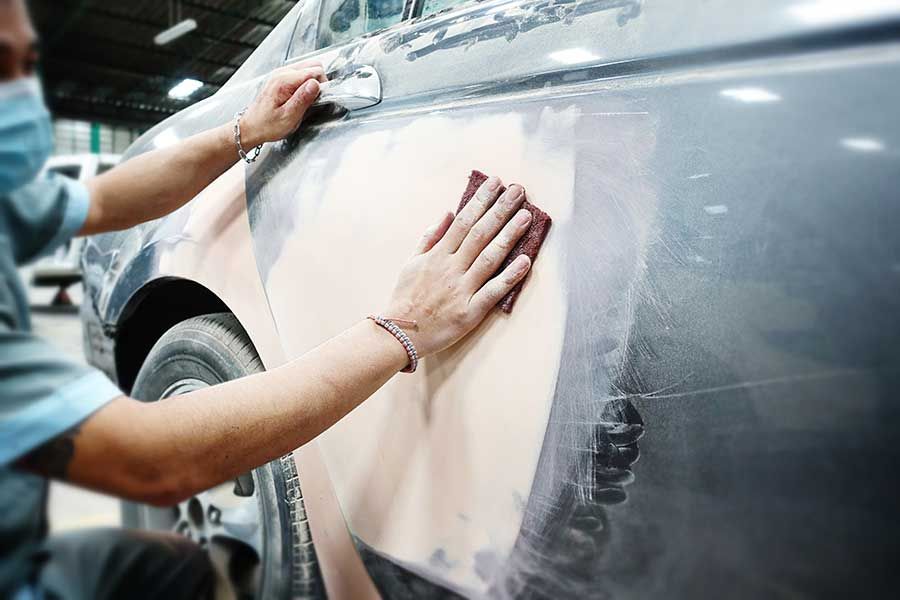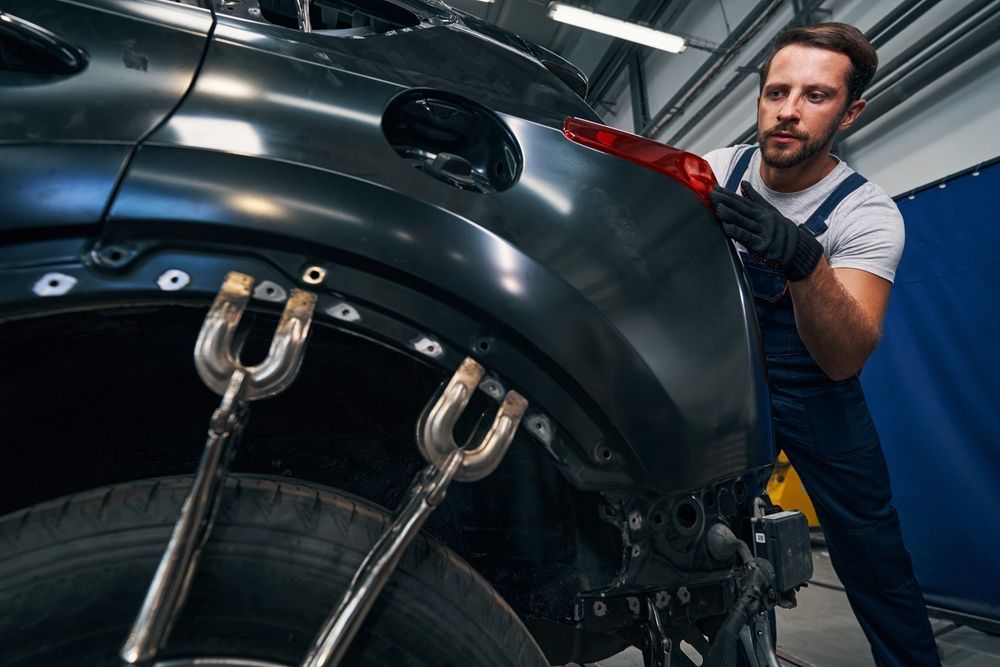
Bondo, an affordable, quick-fix solution to many auto-repair projects, recently grew to hold a notoriously negative reputation in the restoration industry, primarily due to improper use and faulty application. To clarify, Bondo’s purpose is to act as a bonding agent, a body filler catalyst that hardens to its surrounding mold and shape with the intention of a lasting durability. Created around 1950, the product functions best when filling small holes and covering insignificant dents but can cause underlying damage when utilized outside of its naturally designed intent.
Improper Use
If Bondo is a product recently added to your reservoir, consider growing comfortable with the product before applying it to your restoration project. With restoration projects more delicate like classic, vintage, or exotic vehicles, you want to conduct diligent research before applying any betterments to the unit. Depending on the auto body’s condition at the start of restoration, rust might appear as a reoccurring theme throughout the exterior. In this instance, the use of Bondo would potentially harm the remaining structure as it does not treat or
prevent rusting but rather acts as a temporary band-aid to cover the appearance. Through the long haul, the Bondo used on the wrong surfaces or with the intent to cover rust will result in impending complications and future repair invoices. Pay especially close attention to the materials existing on—or materials you intend to apply to—your restoration project and the materials that products such as Bondo are intended for.
Faulty Application
Body fillers like Bondo can ultimately be used to fix specific issues such as mild hail damage and small dents. Carefully planning this process before working with the product and gathering the additional tools needed like sanders, spreaders, and a mixing board will help your application carry on smoothly. However, misunderstanding the application and
instruction for body fillers can lead to a catastrophic result with visible consequences appearing immediately or after a short time lapse. Mishaps such as spreading the product too thick or thin could demise the entire outcome of your restoration project in addition to applying it to too large of a surface. If you feel too uncomfortable to apply the body filler to your restoration project and fear that you may accidentally mis-apply the product, Bondo might not be the best solution for you.
A Penny Pocketed Now vs Maximized Costs Later
The main objective in restoring a car is to regenerate the auto body back to—or better than—its original form and performance. At
Wrecktify Collision and Restoration, we understand that large or sentimental restoration projects can grow cumbersome through time and expenses, sometimes causing you to resort to a less expensive option to cover a topical auto body issue. However, if using products such as Bondo improperly, your project will as a result ultimately require additional expenses later. Whenever unsure about a product to use or how its application safely works for your specific restoration project,
contact us to see how we can help complete your auto in the most efficient manner.

207 Hoesly Drive, New Glarus, WI 53574
608.527.2246



